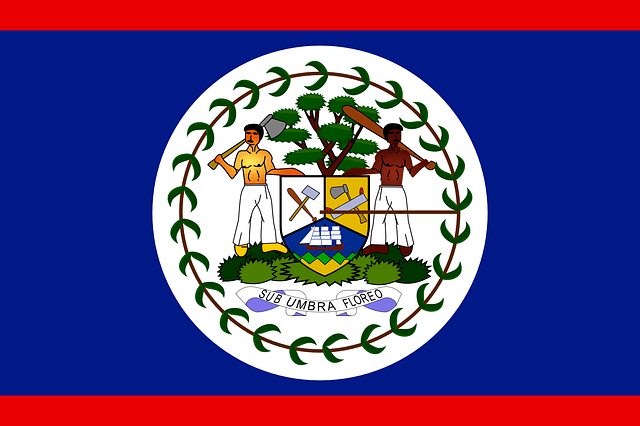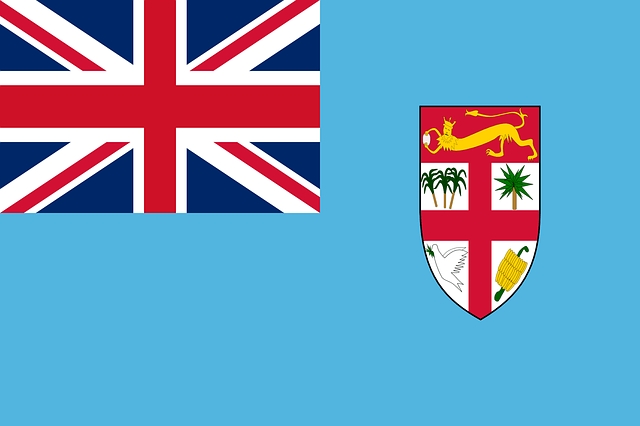Getting permanent residence
Your Residence Flag is planted in a country where you live, but are not a citizen of.
You have full residence instead, in a country where such a status is relatively easy to obtain.
Being a resident is not the same as being a citizen.
As a citizen, you’d have a passport of a specific country, and you’d need to adhere to certain societal obligations.
Residence simply means you are residing somewhere legally and officially.
You do not need to get a visa, you can enter and leave the country as much as you like.
This often gives you the same rights as citizens, if not more (in certain cases), but without many of the downsides.
For example, as a resident in some countries, you are exempt from taxes on your international income provided you do not spend all your time there.
An example of this would be Paraguay.
Legal citizens have many obligations and restrictions that residents do not have.
For example, if you are a citizen, you might be obligated to vote in that country, or you might have to follow all kinds of rules that residents can skirt.
For this reason, you want to live in a country where you are a resident, but not a citizen.
Attain citizenship elsewhere, but do not live there.
Keep in mind that there’s a difference between temporary residence and permanent residence.
Temporary residence can be viewed as a long-term visa, and as such doesn’t always confer the full advantages of permanent residence.
It also needs to be renewed every so often, and is in many cases a prerequisite for permanent residence.
Regarding the latter: the word “permanent” unfortunately does not actually mean permanent, as you’ll still need to renew your residence every 5, 10, 20 years or so.
Yes, it’s a bit confusing, but you can see “permanent residence” more as “full residence” which isn’t valid indefinitely.
As a citizen, you’d have to renew your passport every 5-10 years, right? The same principle applies here.
Check out my new book, available on Amazon!
Get the bookHow to get permanent residence?
Attaining residence in another country is one of the first things you should get sorted upon embarking on your quest to plant Flags, and there are plenty of methods to get this, depending on where you go.
The following list isn’t complete, but it does cover the most prevalent options.
Live there for awhile
The most common way to become a legal and permanent resident is to simply have lived in that country for a specific period of time.
That means that if you resided in a nation for at least a couple of years on a temporary permit or some sort of visa or temporary residence, you can apply for permanent residence.
This varies between 1 and 25 years, with between 3 and 10 years being the most common occurrence.
Bring economic gain
The next option is to bring some sort of economic gain to the country:
- Investment (real estate, setting up a company, local stocks, and so on)
- Employment at a native company
- Deposit money in a local bank
- Have a reliable source of income (such as a pension, which is deemed reliable by other governments, but as you should be aware of by now, it is anything but)
Familial bond
If you have a familial bond to a citizen of that country, very often this will also provide you with the option to get residence.
This could be through marriage, children, or being related to someone with that nationality (for example if one of your parents is a resident/citizen there).
Various random ways
And finally, there are various random ways certain countries can grant you residence, such as being an international talent, a person of interest, or someone with recognized achievements.
This is a very easy option if you’re a celebrity, high-caliber athlete or scientist, or just a very rich person.
For example, Edward Snowden was granted permanent residency in Russia.
Where can you get permanent residence?
In most of the countries we talk about on this site, you can get residence through one way or the other, although there are some exceptions.
Some have very tight requirements, or the process takes at least 10 to 25 years.
And some are just very undesirable to become a resident of.
From my point of view, if you want to get residence somewhere relatively fast and easy, these are the countries I would suggest:

Armenia
You can get Permanent residence up to 5 years if you have a business here. This is extendable by another 5 years

Ecuador
Permanent Residence is possible, if you had a Temporary Residence visa for at least 21 months, or if you are related to a citizen or someone with a temporary residence. However, there is a catch: You aren’t allowed to be absent from Ecuador for more than 180 days per year, for each of the first two years. To me this doesn’t sound like a big deal, it just means you have to spend half your time in the country for the first few years … but if you’re a perpetual traveler, do keep this in mind

Colombia
To get Residence, you need to get and keep a Migrant Visa for 5 years, or invest 650 times the minimum monthly wage in Colombia

Dubai
Residence is possible for 1 to 10 years if you are employed by a company, invest in a business, or buy property. A Golden visa of 10 years is possible for investors (although you need to invest nearly $3 million). If you want one for 5 years, it’s only half the cost. Entrepreneurs with a project of $150,000 can get a multiple-entry visa for 6 months, renewable. Many options here, but most will cost money

Paraguay
Paraguay Permanent Residence Permit is pretty easy and straightforward to get, one of the easiest Permanent residences in the world. You only need to visit once every 3 years to maintain your status. You can also get it through investment in the country

Uruguay
Getting residence is pretty easy to get, but you need to prove an income of at least $1,500 per month

Malaysia
Getting residence in Malaysia is probably the easiest one in Southeast Asia, either through employment or investment, or via a familial connection

Belize
You do not need to reside here on a permanent basis to get permanent residence. You can already get it after living here for one year, but need to apply for a work permit first. You can buy that for about $1,000. You just need to undertake a health test, which is pretty easy. Another option is being a Qualified Retired Person, which means you need to have an income of $2,000 per month which goes into a Belizean bank

Fiji
Possible if you have family there, or enough proof of funds through “Income Pathway”. You can get a 7-year Investor Permit if you’ve deposited a minimum of roughly $110,000 into the local economy, with several other requirements. A 3-year Investor Permit is another option, when you engage in a business project worth around $25,000. Investing in real estate is a valid choice

Ghana
You can get a residence permit for a period of 4 to 8 years, when you either work there or prove you’ve got a steady income. Once you’ve been here for 5 years, you can go for an “Indefinite Residence Permit”. Sounds good, but of course there is a lot of paperwork, hassle and good-will from government bureaucrats involved
Update: Panama used to be a part of this list, but due to recent developments, it’s no longer a valid and easy option.
In many of these, it’s relatively cheap, fast and/or easy to attain residence.
In addition, in some cases having residency opens the door to actual citizenship, which you should also get somewhere.
Please note that these recommendations are in general and in theory.
I cannot accurately predict your situation and how this would affect your chances of getting residency at any of the aforementioned nations.
Depending on who you are, it could either be very easy and very fast, or very slow or even impossible to get residence even in those countries.
For this reason, I would advise that you never rely on any single country to get residence in.
In addition, getting residence in two very similar or neighboring countries would be okay, but in my opinion a bit of waste of your time and potentially problematic.
For example: Don’t get residence in Colombia and Ecuador and Paraguay, because they’re all close together and having residence in one MERCOSUR nation allows you entry into the others anyway.
And if something goes wrong in Latin America, you’d be fucked regardless which country you’d live in.
It’s better to spread your residencies across the world: have one in Latin America, one in Asia, and one in the “middle”, for example in Dubai or Armenia.
That way, no matter where in the world things go wrong, you always have a “safer” region to go to.
The whole point of putting Flags across the world is abundance and safety, so get residence in differing countries.
If you’re serious about planting your flags and internationalizing your lifestyle, get started on at least 2 residences at the same time.
Get the ball rolling, diversify your options and maximize your chances of actually attaining residence in another nation.
Check out my new book, available on Amazon!
Get the book


